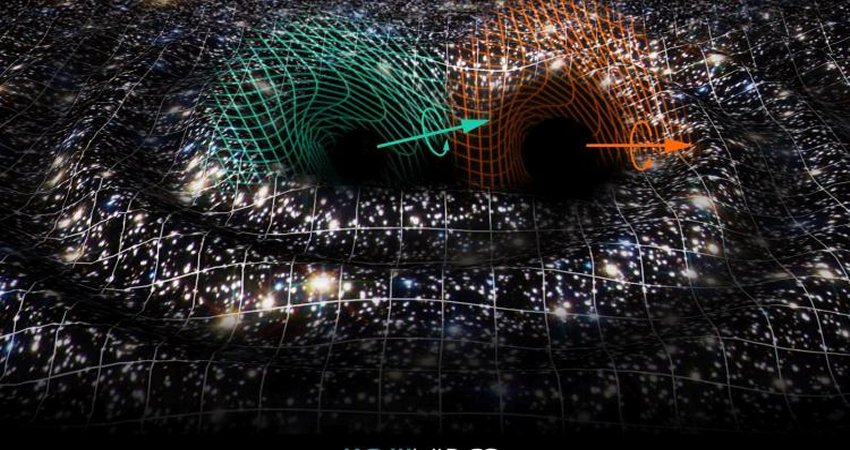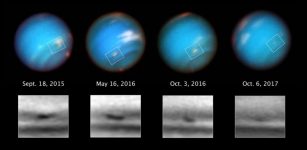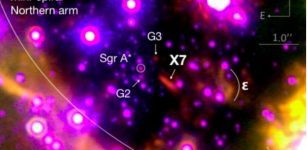NASA’s Cassini Spacecraft Has Begun Transmitting Latest Images Of Saturn’s Icy Moon – Enceladus
MessageToEagle.com – NASA’s Cassini spacecraft has begun transmitting its latest images of Saturn’s icy, geologically active moon Enceladus, acquired during the dramatic Oct. 28 flyby in which the probe passed about 30 miles (49 kilometers) above the moon’s south polar region.
The spacecraft will continue transmitting its data from the encounter for the next several days.
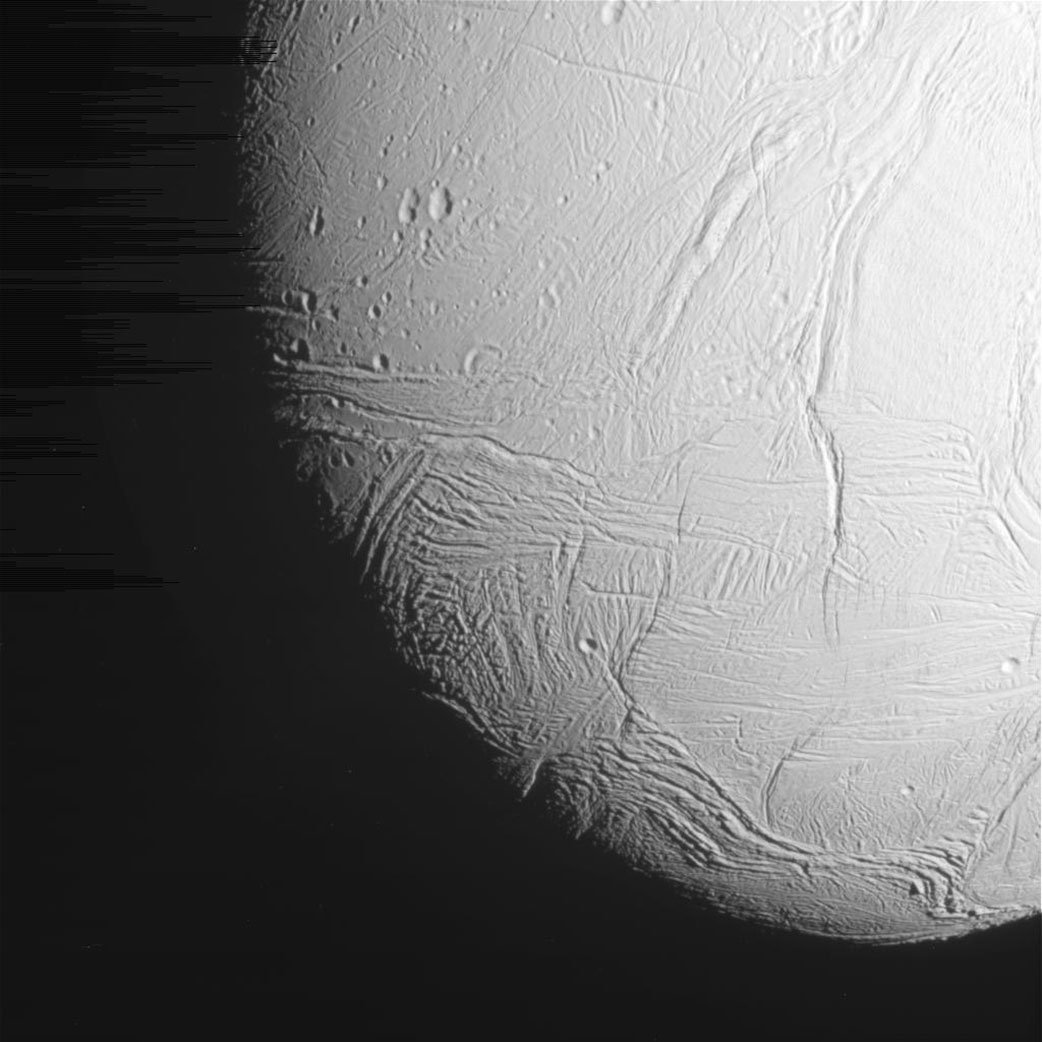
Credits: NASA/JPL-Caltech/Space Science Institute
“Cassini’s stunning images are providing us a quick look at Enceladus from this ultra-close flyby, but some of the most exciting science is yet to come,” said Linda Spilker, the mission’s project scientist at NASA’s Jet Propulsion Laboratory in Pasadena, California.
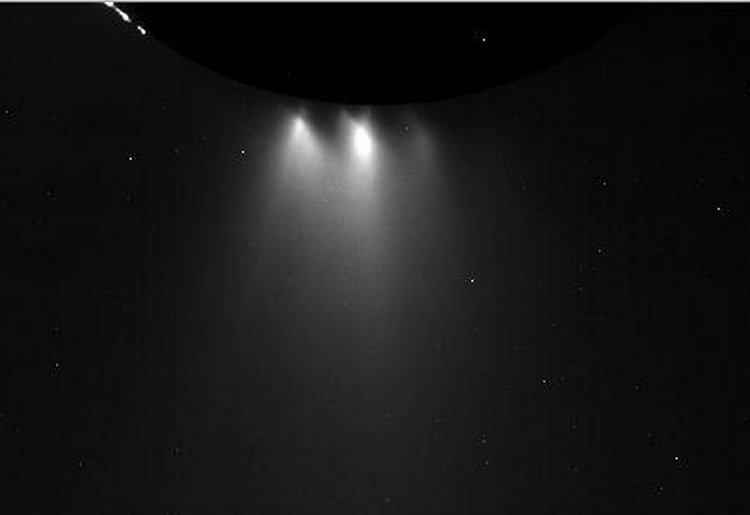
Researchers will soon begin studying data from Cassini’s gas analyzer and dust detector instruments, which directly sampled the moon’s plume of gas and dust-sized icy particles during the flyby.
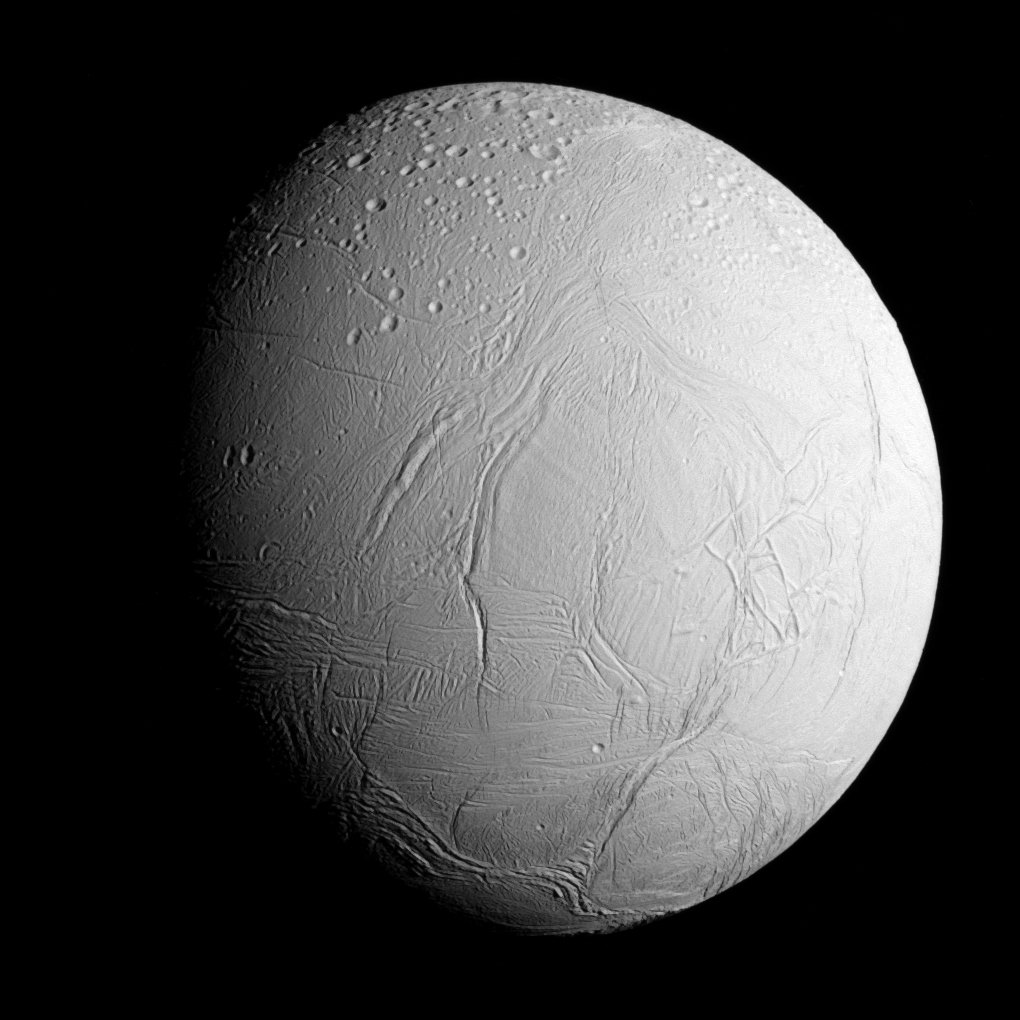
Those analyses are likely to take several weeks, but should provide important insights about the composition of the global ocean beneath Enceladus’ surface and any hydrothermal activity occurring on the ocean floor.
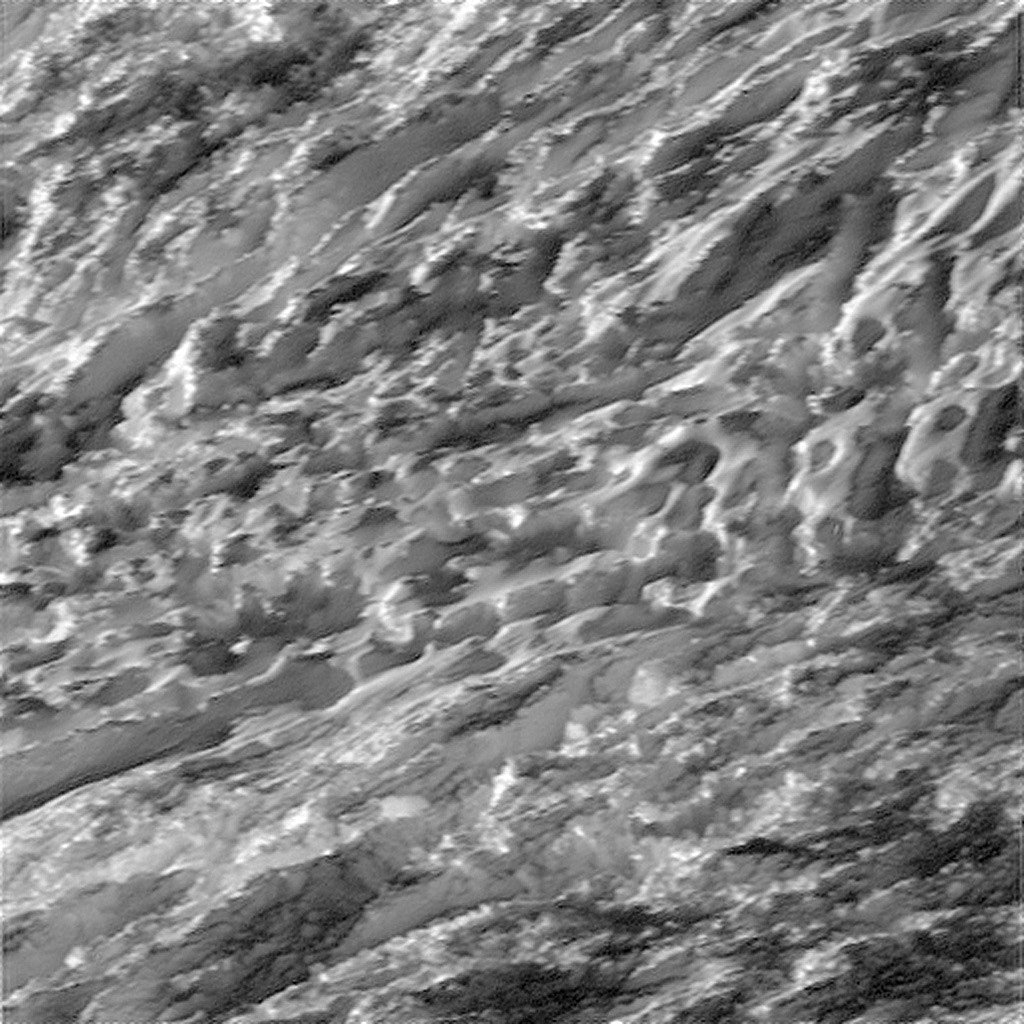
The potential for such activity in this small ocean world has made Enceladus a prime target for future exploration in search of habitable environments in the solar system beyond Earth.
Enceladus is one of the brightest objects in our solar system. Covered in water ice that reflects sunlight like freshly fallen snow, Enceladus reflects almost 100 percent of the sunlight that strikes it. Because Enceladus reflects so much sunlight, the surface temperature is extremely cold, about -201° C (-330° F).
About as wide as Arizona, Enceladus is quite similar in size to Mimas but has a smoother, brighter surface. Unlike Mimas, Enceladus displays at least five different types of terrain. Parts of the moon show craters no larger than 35 kilometers (about 22 miles) in diameter. Other areas show regions with no craters indicating major resurfacing events in the geologically recent past. There are fissures, plains, corrugated terrain and other crustal deformations. All of this indicates that the interior of the moon may be liquid today, even though it should have been frozen eons ago.
Enceladus’ surface is believed to be geologically “young,” possibly less than 100 million years old.
In addition to the processed images, unprocessed, or “raw,” images appear on the Cassini mission website at:
http://saturn.jpl.nasa.gov/mission/flybys/enceladus20151028
Cassini’s next and final close Enceladus flyby will take place on Dec. 19, when the spacecraft will measure the amount of heat coming from the moon’s interior. The flyby will be at an altitude of 3,106 miles (4,999 kilometers).
Additional information and multimedia products for Cassini’s final Enceladus flybys are available at:
http://solarsystem.nasa.gov/finalflybys
MessageToEagle.com
via NASA


